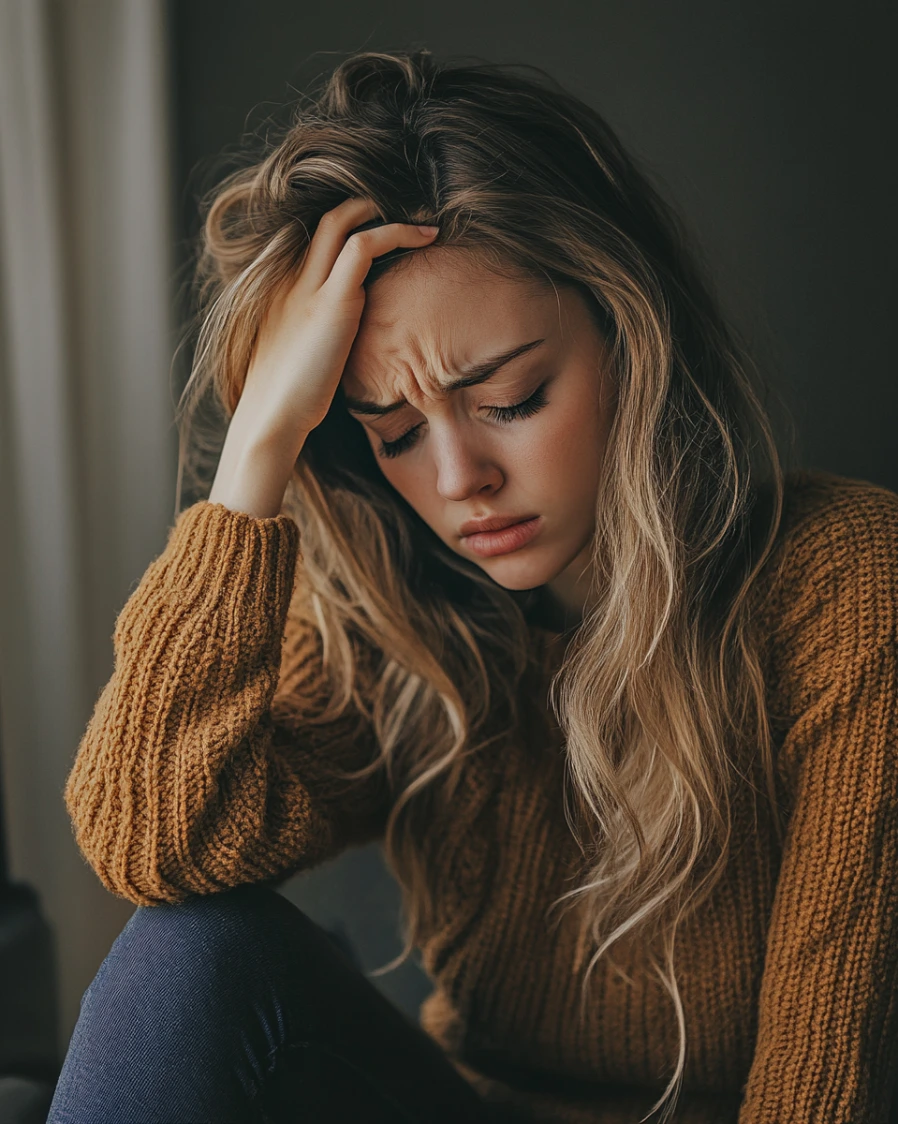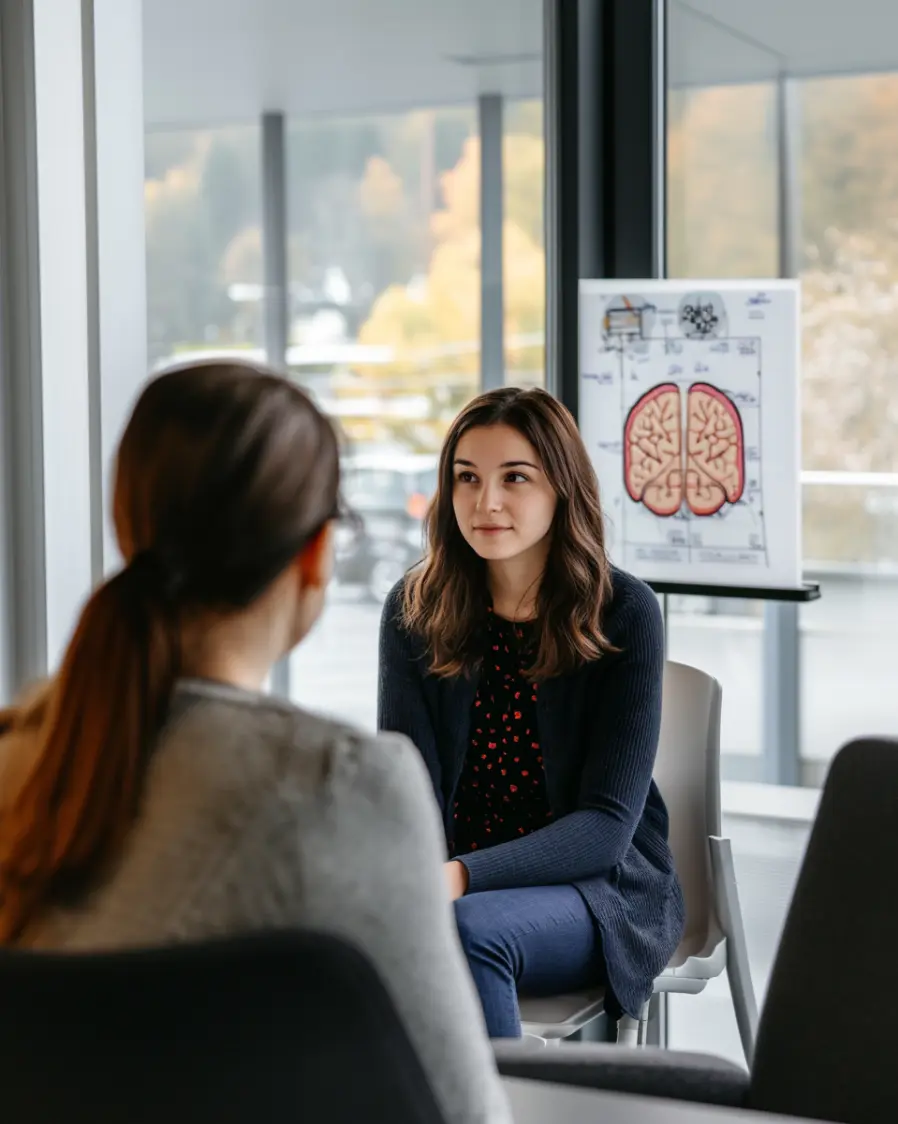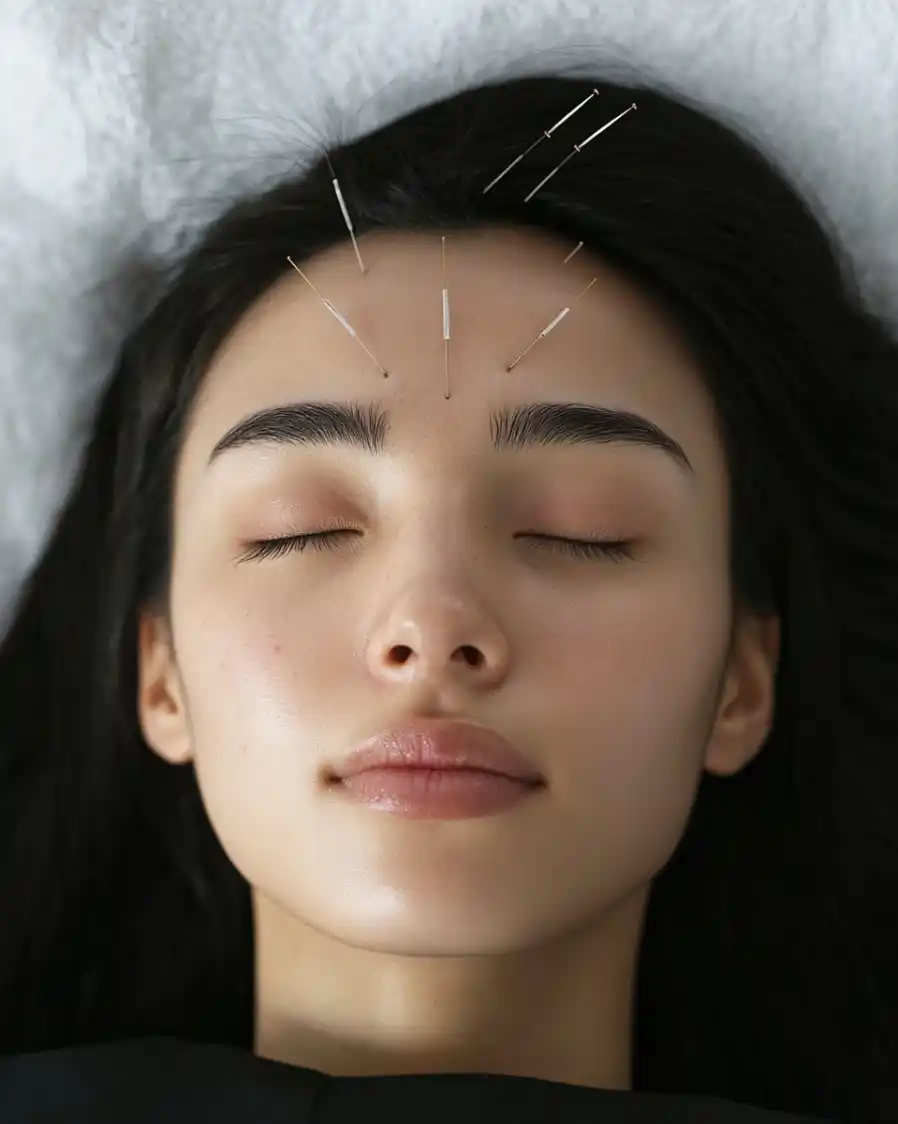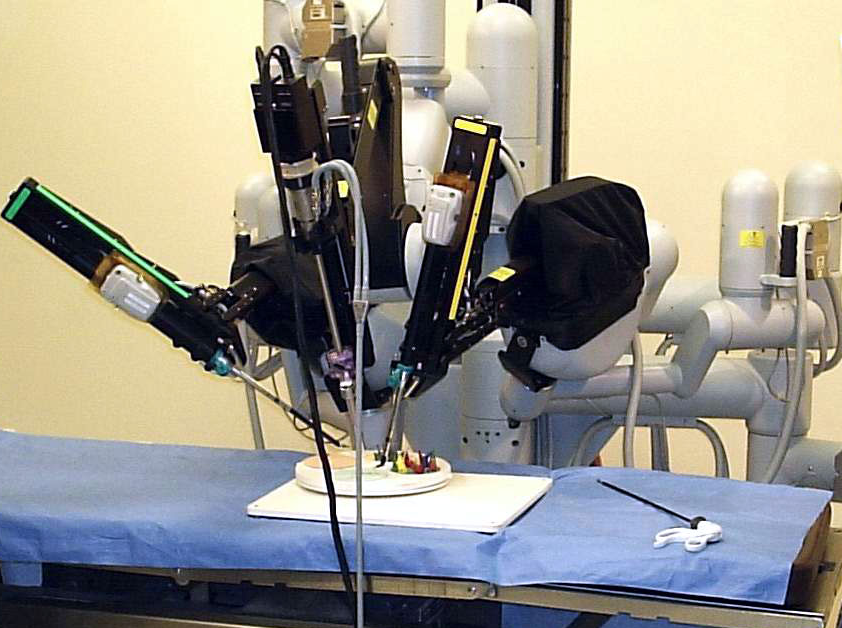

If you suffer from migraines, you know how debilitating this condition can be.
Migraine is not just a headache; it is a neurological condition that affects many aspects of life.

Severe, throbbing pain, nausea, and hypersensitivity to light and sound can make you drop out of your daily life for hours or even days.
Let’s understand how you can effectively manage migraine to regain control of your life.
What is a migraine?
Migraine is a chronic neurological condition that affects millions of people around the world.
It can manifest itself in a variety of ways, and each person may experience different symptoms.
For some, a migraine starts with a mild throbbing in one part of the head that gradually develops into severe pain.
Others may experience what is known as an “aura” – visual flashes or speech disturbances that warn of an impending attack.
There are several types of migraine:
- Migraine without aura is the most common form. The pain is localized in one part of the head and is accompanied by nausea and photophobia.
- Migraine with aura – the attack begins with preliminary symptoms such as visual disturbances or tingling in the hands and feet.
- Chronic migraine – if headaches occur more than 15 days a month, for more than 3 months.
- Menstrual migraine – associated with hormonal changes in women.

What causes a migraine?
Every person with migraine faces different triggers – these are factors that can provoke attacks.
For some it may be stress, for others it may be certain foods or changes in sleep patterns.
Table 1: Main triggers of migraine
| Trigger | Description |
|---|---|
| Stress | Tense situations in personal life or at work can trigger an attack. |
| Food products | Chocolate, caffeine, alcohol, preservatives can provoke a migraine. |
| Sleep changes | Lack or excess of sleep can cause an attack. |
| Bright light/noise | Strong environmental stimuli (bright light, loud noise). |
| Hormonal changes | In women, migraine may occur due to changes in estrogen levels. |
Keeping a migraine diary can help you identify your triggers. Write down what you ate, how you slept, and what events preceded your attacks.

How can migraines be managed?
Managing migraine requires an individualized approach, but here are some effective strategies that can help:
Table 2. Migraine treatment methods
| Treatment method | Principle of action |
|---|---|
| Triptans | Suppress seizures by stimulating serotonin receptors |
| CGRP blockers | Block CGRP, reduce the frequency of attacks |
| NSAIDs (non-steroidal anti-inflammatory drugs) | Reduce inflammation and pain
Effective for mild attacks. |
| Cognitive Behavioral Therapy (CBT) | Reduces stress, helps to manage triggers
Effective with regular sessions. |
| Acupuncture | Stimulates points on the body to improve blood circulation
Suitable for prevention. |

Medical treatment
There are several types of medications that can help relieve pain during an attack or even prevent them:
- Triptans: These medications can help relieve migraine attacks quickly if taken at the beginning. Studies show that triptans are effective in 70% of patients(Smith et al., 2021).
- CGRP blockers: If you have chronic migraine, drugs that block Calcitonin Gene-Related Peptide (CGRP) can significantly reduce the frequency of attacks. This was confirmed in a study by Garcia et al, 2023, where 50% of patients had their attack frequency cut in half.
- Non-steroidal anti-inflammatory drugs (NSAIDs): Drugs such as ibuprofen or naproxen can help manage milder attacks.

Non-medicinal methods
Stress management and lifestyle changes can have a significant impact on the frequency and intensity of attacks:
- Cognitive Behavioral Therapy (CBT): This method helps to reduce stress levels and learn to manage the response to migraine triggers. According to a meta-analysis by Brown et al, 2022, CBT can reduce the frequency of migraines by 30-40%.
- Relaxation techniques: Meditation, yoga and breathing practices can help calm the nervous system and prevent migraines.

Alternative methods
If medication is not working or you are looking for additional ways to manage your migraine, consider alternative methods:
- Acupuncture: Research by Huang (2021) shows that this method can help reduce the frequency of attacks in migraine patients.
- Diet Therapy: Eliminating trigger foods (chocolate, alcohol, caffeine) from your diet can help prevent attacks. This is confirmed by a study by Patel & Moore, 2022.
Practical tips for everyday life
Living with migraine can be difficult, but there are a few steps that can make your condition easier:
- Create a sleep routine: Go to bed and wake up at the same time every day to avoid triggers related to changes in sleep patterns.
- Watch your diet: Avoid foods that trigger migraine. Drink enough water to keep hydrated.
- Manage stress: Find appropriate relaxation techniques, whether it’s meditation, taking a walk in the fresh air or engaging in a favorite hobby.
- Keep a migraine diary: Keeping a record of your attacks will help you understand what triggers them and how to manage them.

Conclusion: How to deal with migraine effectively
Migraine is a chronic condition that requires attention and a comprehensive approach. To better manage your condition, it is important to learn to recognize your triggers and react in time when an attack is approaching.
- Keeping a regular diary: This will help you identify what triggers your attacks. You will be able to avoid certain triggers and adapt your life to reduce their impact.
- Seek professional help: If medication does not work, talk to your doctor about alternative treatments. A specialist can help you find the right combination of medications and non-medication approaches.
- Prevention and planning: Regular daily routines, a healthy diet and stress management can significantly reduce the frequency of attacks. Using relaxation techniques, such as meditation or yoga, can help you maintain emotional balance.
- Support and socialization: You are not alone in your struggle with migraine. Reach out to communities or support groups to find people with similar experiences and get tips on managing the condition. Your environment can also be your ally – tell your loved ones how they can help you during attacks.
Gradually, by trying different methods and observing your condition, you will be able to find the most suitable ways to cope with migraine. Remember that improvement is possible and you deserve to live without constant pain.



